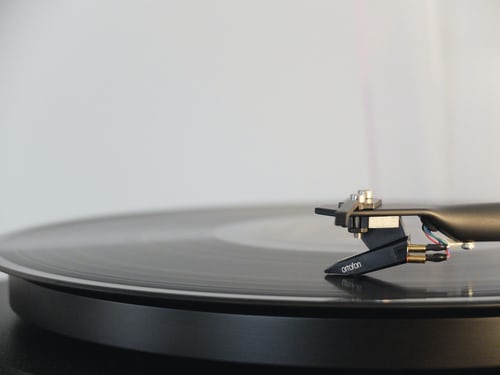
Wildlife photography, a captivating art form, allows us to peer into the untamed beauty of the natural world. It transcends boundaries and captures moments in time, frozen for eternity. In this article, we will delve into the enchanting realm of wildlife photography, unveiling the secrets behind stunning shots and the passion that drives photographers to explore the wild.
The Essence of Wildlife Photography
At its core, wildlife photography is about capturing the essence of untamed creatures in their natural habitats. It goes beyond simply documenting animals; it seeks to convey the emotions, behaviours, and stories of these magnificent beings. To excel in this field, photographers must become storytellers, observers, and conservationists all rolled into one.
The Gear of the Trade
One of the fundamental aspects of wildlife photography is the gear used. From high-powered telephoto lenses to sturdy tripods, the equipment must be chosen with utmost care. The ability to get close without disturbing the subject is paramount. Professional photographers invest in lenses with long focal lengths, which allow them to maintain a safe distance while capturing detailed shots.
Patience and Perseverance
Wildlife photography is a test of patience. Unlike studio photography, where subjects can be directed, wild creatures have their agenda. It often takes hours, sometimes days, to capture the perfect shot. Wildlife photographers become masters of stillness, waiting in silence for the opportune moment when their subject behaves naturally.
The Art of Camouflage
To get up close to wild animals without being noticed is an art in itself. Photographers often use camouflage clothing, blinds, and even natural surroundings to blend into the environment. This is essential to avoid disturbing the animals and to capture authentic behaviour. The aim is to become a ghost in the wilderness, a silent observer.
Understanding Animal Behavior
A crucial element of wildlife photography is understanding animal behaviour. Photographers study the habits, movement patterns, and social dynamics of their subjects. This knowledge helps them anticipate actions, positioning themselves for the perfect shot. By immersing themselves in the world of their subjects, photographers can capture genuine moments of beauty and drama.
The Conservation Connection
Wildlife photography is not just about taking pictures; it’s about raising awareness and fostering conservation. Many wildlife photographers are passionate advocates for the protection of the natural world. Their images tell compelling stories of the challenges that wildlife faces, from habitat loss to climate change. These images serve as a call to action, inspiring people to appreciate and protect the fragile ecosystems of our planet.
The Power of Light
Light is the heart and soul of photography, and in wildlife photography, it plays a pivotal role. The quality of light can transform an ordinary shot into an extraordinary one. The soft, warm glow of the early morning sun or the dramatic play of light and shadow during the golden hours can make a world of difference in capturing the mood and beauty of wildlife.
The Ethics of Wildlife Photography
As wildlife photography gains popularity, ethical concerns arise. Photographers must prioritize the welfare of their subjects. This means maintaining a safe distance, avoiding disturbing or harassing animals, and respecting their natural behaviours. The use of bait or captive animals for photos is strongly discouraged, as it compromises the authenticity and ethical standards of the art.
The Role of Technology
In recent years, technology has revolutionized wildlife photography. High-speed cameras, image stabilization, and remote-triggered setups have made it possible to capture moments that were once nearly impossible. Drones offer a new perspective, allowing photographers to explore the world from above and observe animals in a less invasive manner.
Challenges in the Wild
Wildlife photographers face a myriad of challenges in their pursuit of the perfect shot. Harsh weather conditions, remote locations, and the unpredictability of nature all test their mettle. Yet, it is precisely these challenges that make wildlife photography a thrilling and rewarding endeavour.
The Rewarding Experience
For those who immerse themselves in the world of wildlife photography, the rewards are immeasurable. The thrill of capturing a rare species, the satisfaction of telling a compelling story, and the joy of connecting with nature on a profound level are unparalleled. Wildlife photography allows us to glimpse the wonders of the natural world, fostering a deep appreciation for the beauty and diversity of life on Earth.
Wildlife photography is more than just a hobby or profession; it’s a passion that drives photographers to explore the untamed beauty of our planet. Through patience, perseverance, and a deep understanding of nature, photographers capture moments that inspire awe and appreciation for the natural world. In doing so, they also play a vital role in conservation, using their images to raise awareness and advocate for the protection of our planet’s precious wildlife. So, next time you see a breathtaking wildlife photograph, remember that it represents not only the skill of the photographer but also the fragile beauty of the creatures and ecosystems they strive to preserve.